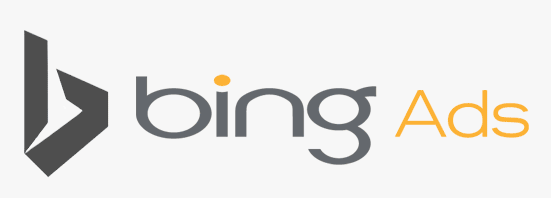

Google Analytics is a tool which will provide invaluable insights into what's happening on your website, your levels of traffic and engagement, and therefore the success of your campaigns. If you’re a newcomer to Google Analytics, however, the array of various reports available to you'll be a touch overwhelming. Where do you have to begin? Where are you able to find the foremost useful data about your website? Google Analytics standard reports are the preset reports listed down the left-hand side of your dashboard, divided into the segments Real-Time, Audience, Acquisition, Behavior and Conversions. The knowledge that appears in these is preset by Google Analytics, and provides an insight into the info on every a part of your site, from your audience demographics to the channels through which they find your website. During this series, we’ve began to tackle the ambitious task of explaining each segment of Google Analytics and therefore the standard reports they contain. Last time, we checked out Real-Time Reports and the way they will be utilized in your marketing and SEO campaigns. During this installment, we're getting to check out Audience Reports: what you'll learn from them, and the way you'll get the foremost out of the info that they provide.
Google Analytics Realtime Reports
Real-Time allows you to monitor activity as it happens on your site or app. The reports are updated continuously and each hit is reported seconds after it occurs. For example, you can see how many people are on your site right now, which pages or events they're interacting with, and which goal conversions have occurred. The Real-Time reports section in Google Analytics allows you to monitor activity on your website as it occurs from moment-to-moment, providing insights on how people are reacting to your marketing campaigns and infrastructure.
Google Analytics Audience Reports
The Audience Overview is generally what you see when you first log into your website’s Google Analytics. At the top of the Overview tab is a graph of the number of sessions performed by website users.
Google Analytics Acquisition Reports
The Acquisition metrics let you know the volume of users an audience is sending you (Users), and how well the audience works to get you potential new business (% New Users, New Users).
Google Analytics Behavior Reports
The Behavior metrics let you know how well your site engages users, whether they’re leaving after viewing only a single page (Bounce Rate), whether they’re viewing multiple pages (Pages / Session), and whether they’re spending the amount of time engaging with your content that you’d like.
Google Analytics Conversions Reports
The Conversions metrics let you know whether users are completing transactions and goals, and generating revenue at the rate you want.
1. Mobile Performance Report
This report is ideal for understanding how well your site is optimized for mobile and where you need to make improvements. For example, the site pictured below has a super-high bounce rate for Android; the site’s developers have got some work to do! In fact, mobile is so important now that Google even penalizes websites that are not mobile-friendly. For marketers, knowing how their sites perform on smaller screens is vital to staying alive in the SERPs and winning over customers. The mobile performance report shows you how well your site (not app) is optimized for mobile and where you need to make improvements. You can even segment the report further to see which mobile devices/browsers customers are using to access your site. This will tell you if your site is performing poorly on some devices.



